Employee Recognition Programs: The Key to a Happy Staff


By Signe Hegart
September 5, 2023
In the dynamic landscape of today’s workplace, both employee recognition and employee incentives has emerged as a cornerstone of organizational success. It’s not just a formality; it’s a strategic approach that acknowledges the invaluable contributions of employees. The best employee recognition program ideas transcend traditional notions of praise and rewards. They create a culture where recognition becomes an integral part of the company’s DNA, fostering motivation, engagement, and a profound sense of belonging among employees.
Jump to section
What are Employee Recognition Programs?
Employee recognition programs are initiatives implemented by companies to acknowledge and appreciate the contributions and achievements of their employees. These programs aim to boost employee morale, enhance job satisfaction, social recognition, improve employee engagement, shout outs, and ultimately increase productivity within the organization.
80% of employees would work harder if they felt better appreciated.
Zippia. “27 Essential Employee Recognition Statistics [2023]
Types of employee recognition programs
There are various types of employee recognition programs that companies can implement. Some common examples include:
Employee of the Month/Quarter/Year: This program recognizes outstanding employees who have consistently demonstrated exceptional performance and made significant contributions to their team or the company as a whole.
Peer-to-peer recognition: This program allows employees to recognize and appreciate their colleagues’ efforts and achievements. It encourages a positive and supportive work culture where employees feel valued and motivated.
Spot recognition: This program involves on-the-spot recognition for exemplary work or achievements. It can be as simple as a verbal acknowledgment or a small token of appreciation, such as a gift card or a personalized note.
Years of service awards: This program acknowledges and celebrates employees who have been with the company for a significant period of time. It recognizes their loyalty and commitment to the organization.
Performance-based rewards: This program rewards employees based on their performance and results achieved. It can include bonuses, salary increases, or other financial incentives tied to individual or team performance.
Related: One Simple Rule About Incentive Programs for Employees
Huuray’s 3 best employee recognition program ideas ✅
There are various types of employee recognition programs that companies can implement. One popular option is the use of rewards and employee incentives. This can include things like gift cards, bonuses, or other monetary incentives
1. Gift cards
Employee gift cards are a popular and versatile form of recognition and reward within organizations. These are prepaid cards, often with a specific monetary value, that employees can use to make purchases at various retailers or online stores.
Huuray offer an easy way to send people gift and rewards- It’s Free. 100 % Customizable. Available 24/7. Send to anyone and able anywhere in the World.
Global Employee Recognition Programs? ????
Need global gift cards as a part of your Employee Recognition Programs? Let Huuray help you!
Don’t know which gift card you wanna get your employees as recognition awards? No matter if its in celebrations of milestones, a closed business case, excellent customer service or something completely different, freedom of choice gift cards provides a unique experience with more than 5,000 options to choose from and is available in +100 countries.

- An easy way to solve the struggles with corporate gifting
- Unique local offers in each country
- Delivery in digital or physical from
- Easy redeem solution through our page
- Customizable design options


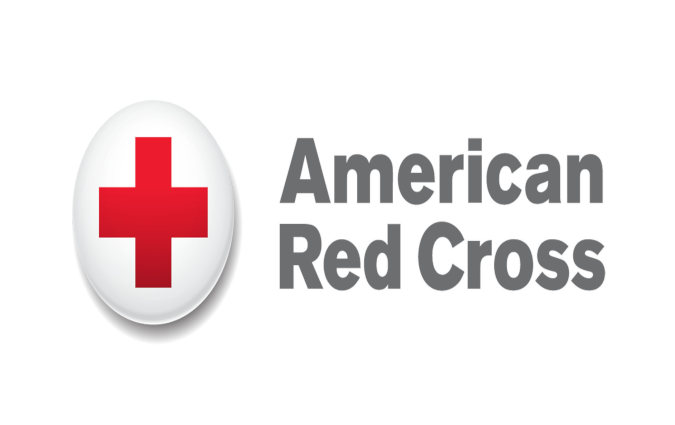


















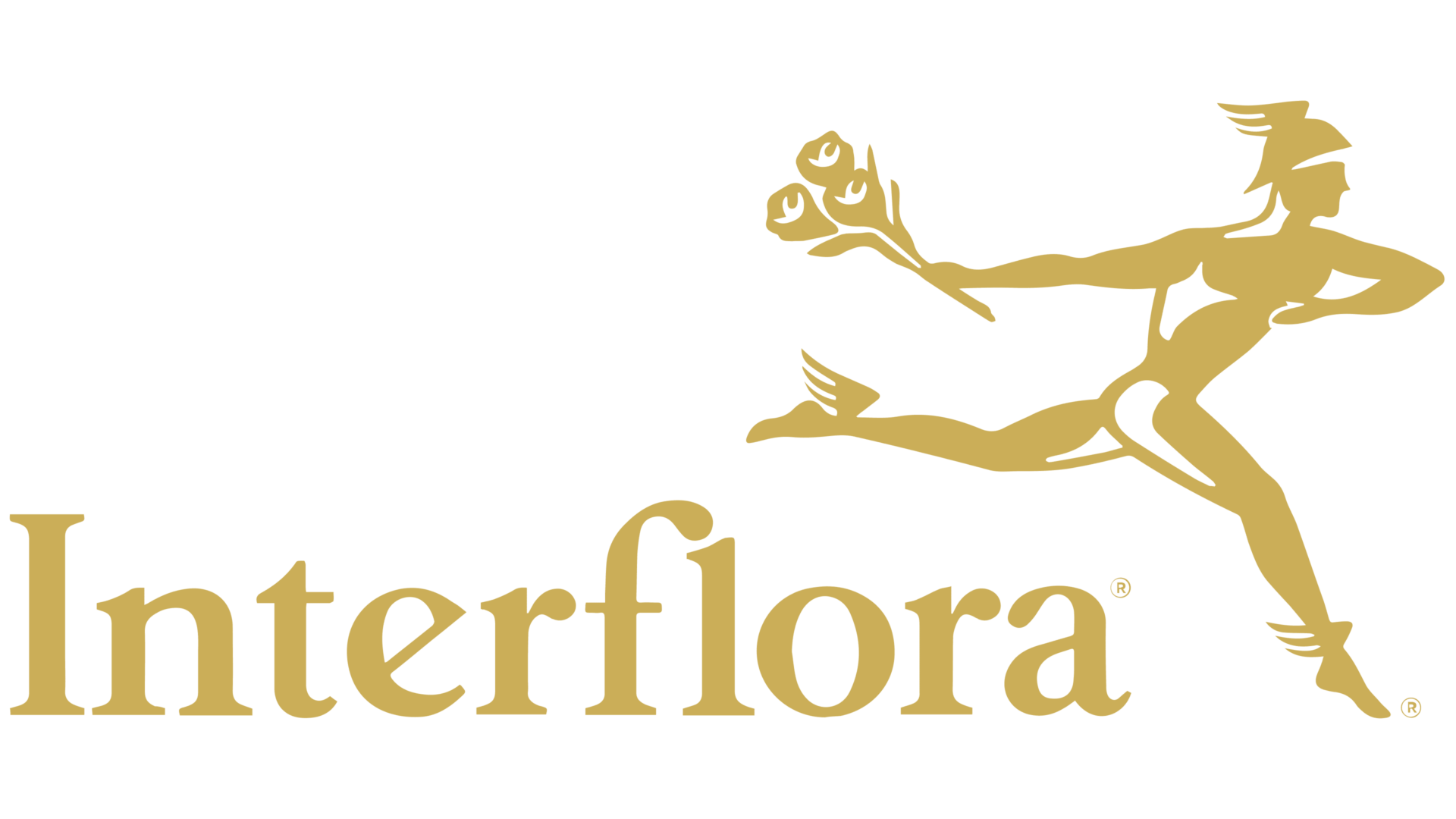















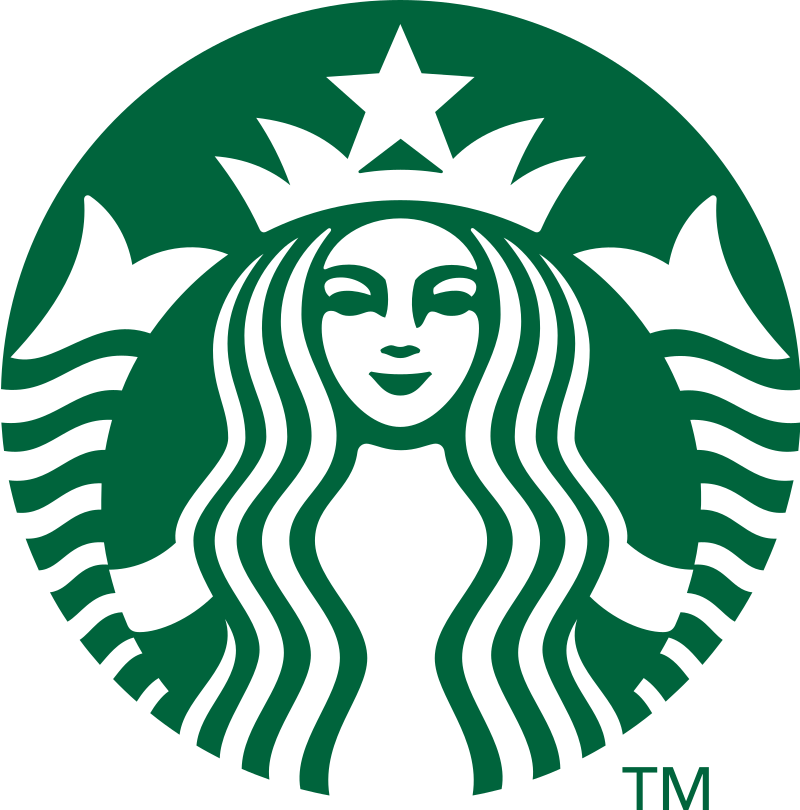


2. Prepaid Visa Cards
Prepaid Visa cards offer a flexible and customizable option for rewarding employees. They can be used anywhere in the world and can be personalized to suit the individual preferences of each employee.
By gifting a prepaid visa card, you give the employee the freedom to choose their own reward, making it a more personalized and valuable gift. Furthermore are prepaid visa cards widely accepted, making it easy for your recipients to redeem their rewards at any location that accepts Visa. Prepaid Visa cards are also easy to distribute, allowing you to quickly and easily send rewards and incentives to your recipients.

- Flexibility
- Financial Inclusion
- Instant Access to Funds
- Security
- Incentive and Reward Programs
- Global Use
3. Charity donations
Using charity donations as part of Employee Recognition Programs is a meaningful and altruistic approach to acknowledge and appreciate employees’ efforts and achievements. Here’s how it works:
Employee Choice: Employees are given the opportunity to choose a charitable organization or cause that resonates with them personally. This choice empowers them to support a cause that holds special meaning for them.
Positive Impact: Donations to charitable organizations have a direct and positive impact on various communities and causes. This not only benefits the chosen charity but also reinforces a sense of purpose and social responsibility among employees.
Alignment with Company Values: Incorporating charity donations into recognition programs aligns with many organizations’ core values of corporate social responsibility (CSR) and community engagement. It sends a powerful message about the company’s commitment to making a difference.
Team Building: Encouraging employees to collectively support a chosen charity can foster a sense of teamwork and unity. Group donations or fundraising efforts can strengthen bonds among team members.
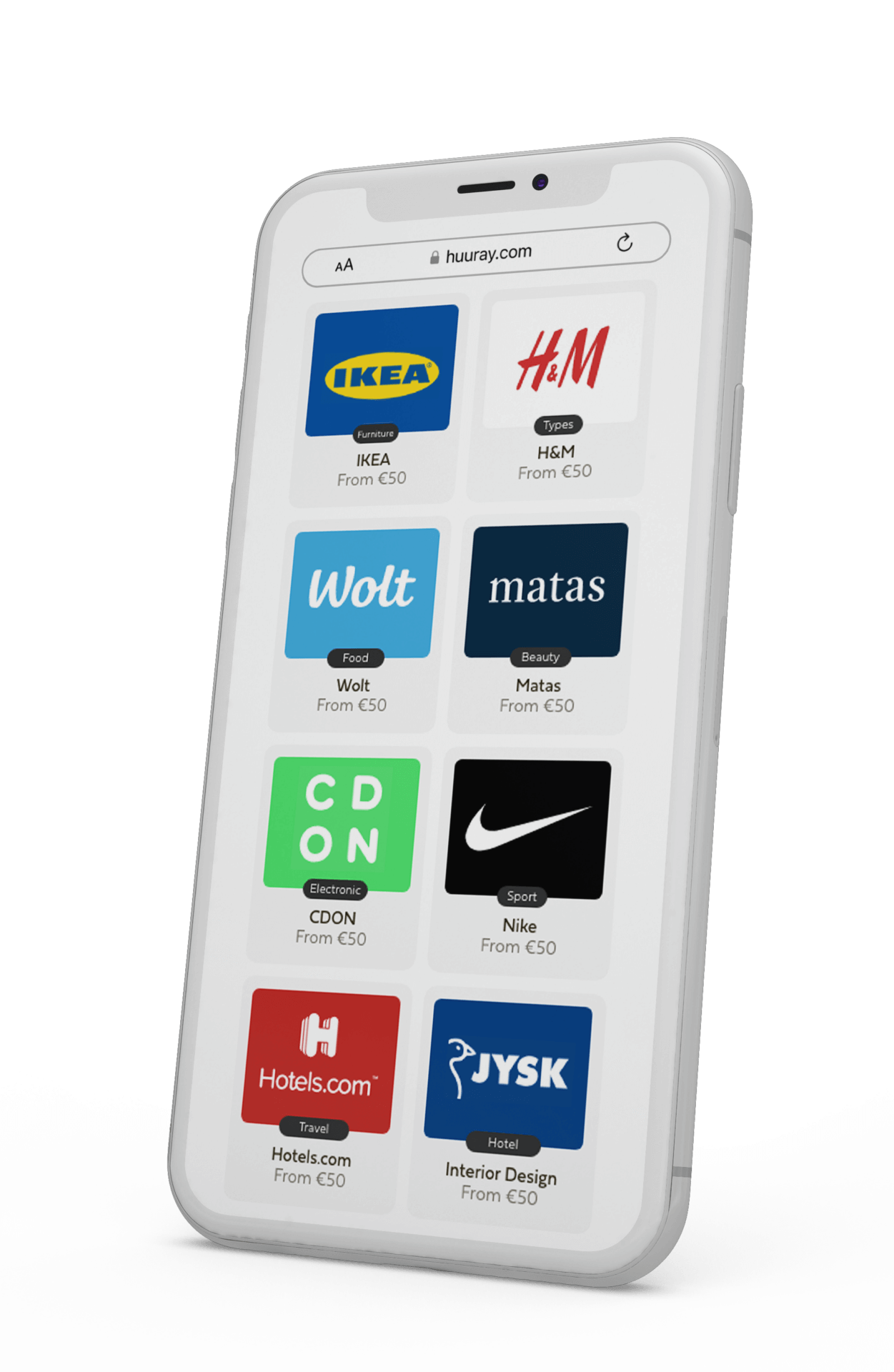
Send yourself a gift card
Why employee recognition programs are important?
37% of employees report that employee recognition is the most important thing their manager or company can do to motivate them to produce great work.

Firstly, they help to create a positive work culture where employees feel valued and appreciated for their hard work. This can lead to increased job satisfaction and a higher level of employee engagement.
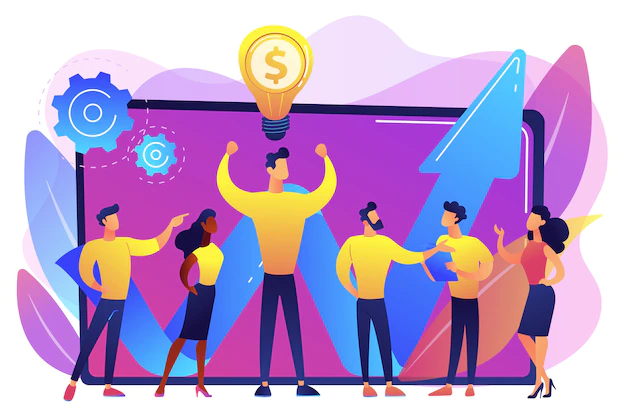
Furthermore, employee recognition programs can help to boost morale and motivation within the organization. When employees are recognized for their achievements, they are more likely to feel motivated to continue performing at a high level.

Additionally, these programs can also have a positive impact on productivity. When employees feel recognized and appreciated, they may be more likely to go above and beyond in their work and contribute to the overall success of the company.

Moreover, employee recognition programs can also help with employee retention. When employees feel recognized and appreciated, they are more likely to stay with the company and be committed to its long-term success.
Read also: The Power Of Words: 101 Motivational Quotes for Employees
Implementing employee recognition programs
When implementing employee recognition programs, it is important to consider the specific needs and preferences of the employees. Different employees may respond better to different types of recognition, so it is important to offer a variety of options.
It is also important to ensure that the recognition is timely and genuine. Recognizing employees immediately after a noteworthy achievement can have a greater impact. Additionally, the recognition should be specific and personalized to each employee, highlighting the specific contributions that they have made.
Lastly, it is important to regularly evaluate and reassess the effectiveness of the employee recognition programs. Soliciting feedback from employees and measuring the impact of the programs can help to ensure that they are meeting their intended goals and making a positive impact on the organization.
Read also: 26 Outdoor Team Building Activities to Boost Team Spirit
5 tips for implementing employee recognition programs
Here are some recommendations for fostering a culture of recognition within your organization:
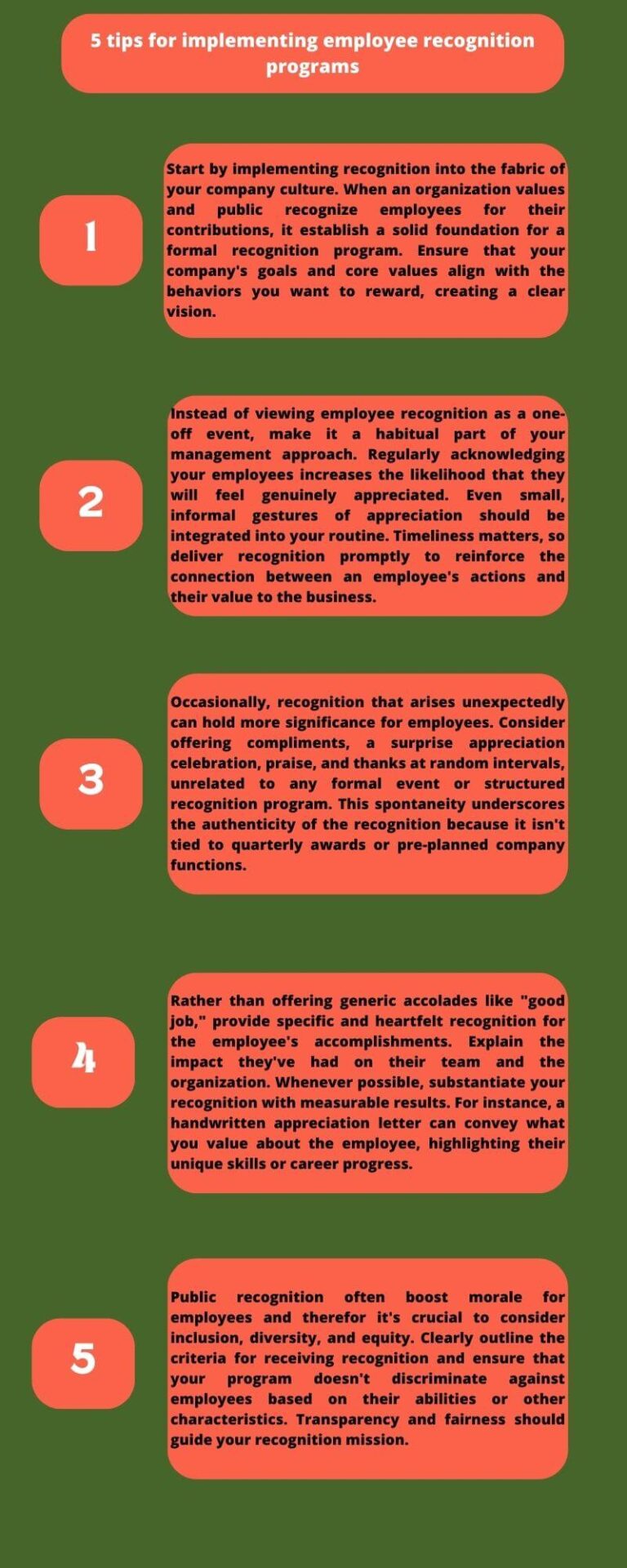
Conclusion
In conclusion, creating a successful employee recognition program involves valuing and publicly recognizing employees, cultivating consistency, embracing spontaneity, being specific and personal in your recognition, and promoting inclusivity. By implementing these strategies, companies can effectively reward and incentivize their employees across departments, resulting in a motivated and engaged workforce. Remember, regular and timely acknowledgment, along with specific and personal recognition, will make a significant impact on your employees. Embrace spontaneity to add an element of surprise and authenticity to your recognition efforts. Additionally, promoting inclusivity and fairness in your program will ensure that all employees feel valued and appreciated.
By following these guidelines, companies can create a positive work culture and motivate their employees to achieve even greater success. So, start implementing these strategies and watch your workforce thrive!



Let’s have a chat
FAQ
Employee recognition programs boost motivation and engagement, but assessing their success is crucial. Key ways to measure it:
Employee Feedback: Gather input directly from employees through surveys or feedback sessions to evaluate program impact on motivation and job satisfaction.
Participation Rate: Analyze how actively employees engage with the program; high participation signals its value, while low rates may signal the need for improvements.
Desired Behaviors: Monitor whether the program encourages desired behaviors like teamwork, tracking changes in collaborative efforts.
Employee Performance: Assess the program’s impact on performance metrics like productivity, sales, and customer satisfaction, comparing data before and after implementation.
To boost engagement in your recognition program, consider these strategies:
Meaningful Rewards: Offer tailored rewards like cash bonuses, gift cards, or experiences to match employee preferences.
Public Recognition: Celebrate participating employees publicly through emails, bulletin boards, or team meetings to foster a culture of appreciation.
Gamification: Introduce fun and competition with leaderboards, badges, and incentives for achieving milestones.
Customized Goals: Let employees set their recognition goals to increase their ownership and motivation.
Communication and Training: Clearly communicate program benefits and purpose to show how participation contributes to company success and personal growth.
To establish a sustainable recognition program, consider these factors:
Clear Objectives and Goals: Define program objectives that align with your company’s strategy and communicate them clearly to all employees.
Consistent Communication: Regularly remind employees about the program’s benefits and participation methods through various channels.
Transparent and Fair Criteria: Set transparent recognition criteria and ensure they are communicated to all employees to promote fairness and inclusivity.
Regular Evaluation and Feedback: Continuously assess the program’s effectiveness, gather employee feedback, and make improvements to keep it engaging and fresh.
Ongoing Investment: Allocate resources to support the program’s long-term success.
By adhering to these guidelines, your recognition program can maintain its effectiveness and relevance over time.